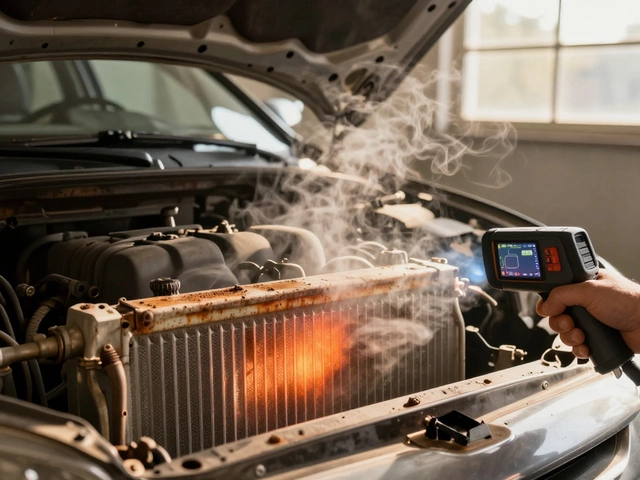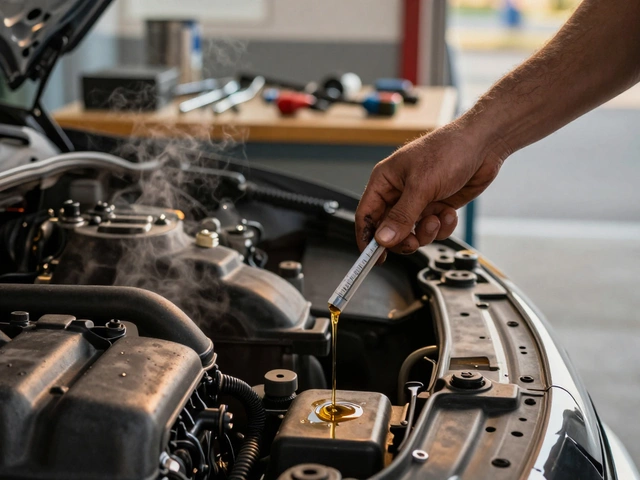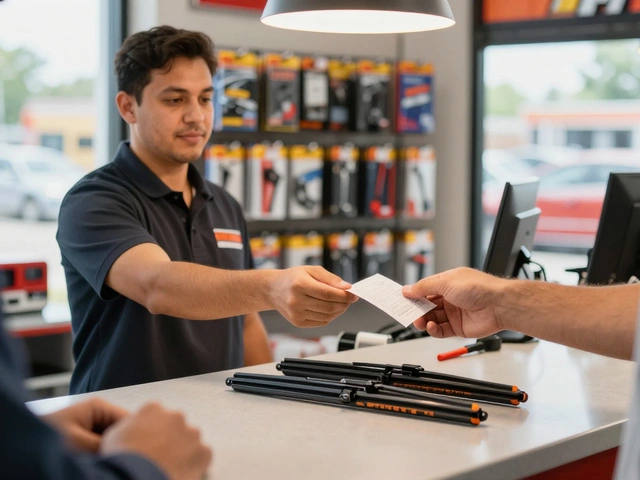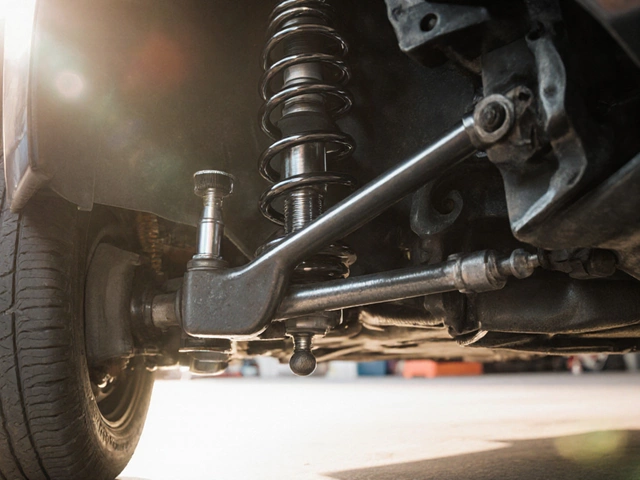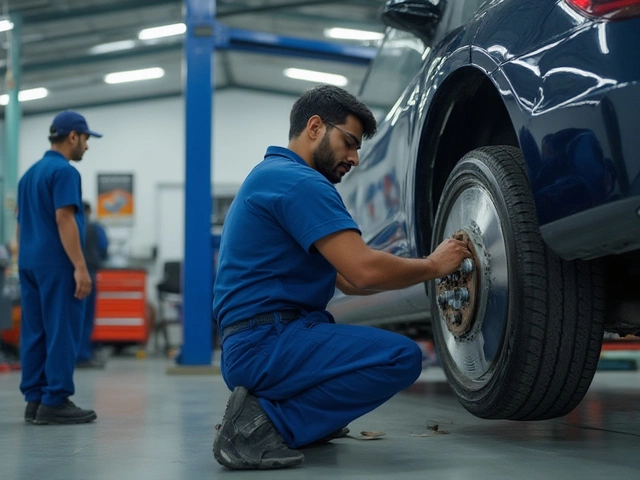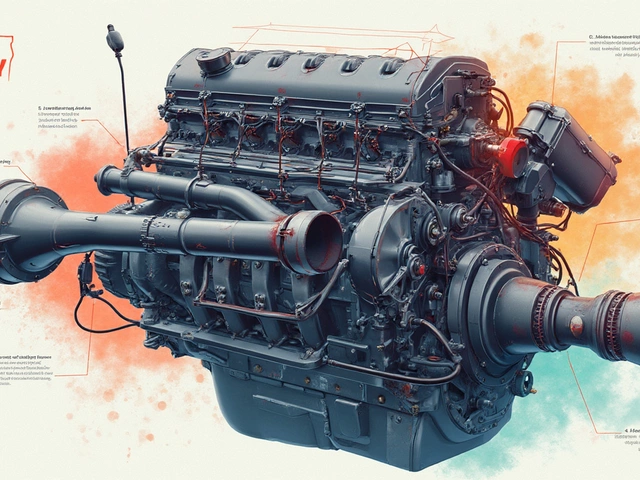MERV Rating: What It Means for Your Car's Air Filter and Engine Health
When you hear MERV rating, a standard measure of how well an air filter traps airborne particles. Also known as Minimum Efficiency Reporting Value, it tells you exactly how good your car’s air filter is at keeping dust, pollen, and debris out of your engine and cabin. It’s not just a number on the box—it directly affects how long your engine lasts, how clean your cabin air feels, and even how much fuel you burn.
Most cars use two types of air filters: one for the engine and one for the cabin. The engine air filter, a critical component that protects the engine from dirt and grit usually has a MERV rating between 8 and 12. That’s enough to block sand, road dust, and pollen without choking airflow. Too high, and your engine struggles to breathe—losing power and efficiency. Too low, and you’re letting grit into the cylinders, which grinds down pistons and valves over time. Meanwhile, the cabin air filter, the filter that cleans the air you breathe inside the car often runs higher, around MERV 11 to 13, because you don’t want pollen, smoke, or exhaust fumes swirling around your lungs during your commute.
Here’s the thing: not all MERV ratings are created equal for cars. A MERV 16 filter might sound amazing for your home HVAC, but in a car? It’s overkill. Your car’s air intake system isn’t designed for that kind of resistance. You’ll notice slower acceleration, worse fuel economy, and maybe even a check engine light. The sweet spot? Stick to what your owner’s manual recommends. If you drive on dusty roads, go one point higher. If you live in the city with heavy traffic, a better cabin filter with a higher MERV rating can make a real difference in how fresh your air feels.
Some aftermarket filters claim to boost performance with ultra-high MERV ratings, but they’re often just marketing. Real gains come from matching the filter to your vehicle’s design—not chasing the highest number. Look for filters that balance efficiency with airflow. Brands that test their products against OEM standards are the ones you can trust.
And don’t forget the timing. A clogged filter doesn’t just lower MERV effectiveness—it becomes a source of contamination. Replace it every 15,000 to 30,000 miles, or sooner if you drive in dirty conditions. Checking your filter is one of the easiest maintenance tasks you can do, and it’s cheaper than replacing a damaged throttle body or AC blower motor.
Below, you’ll find real-world guides on air filters, cabin air quality, and how to spot when your filter is failing—no fluff, no jargon, just what actually matters for your car and your health.
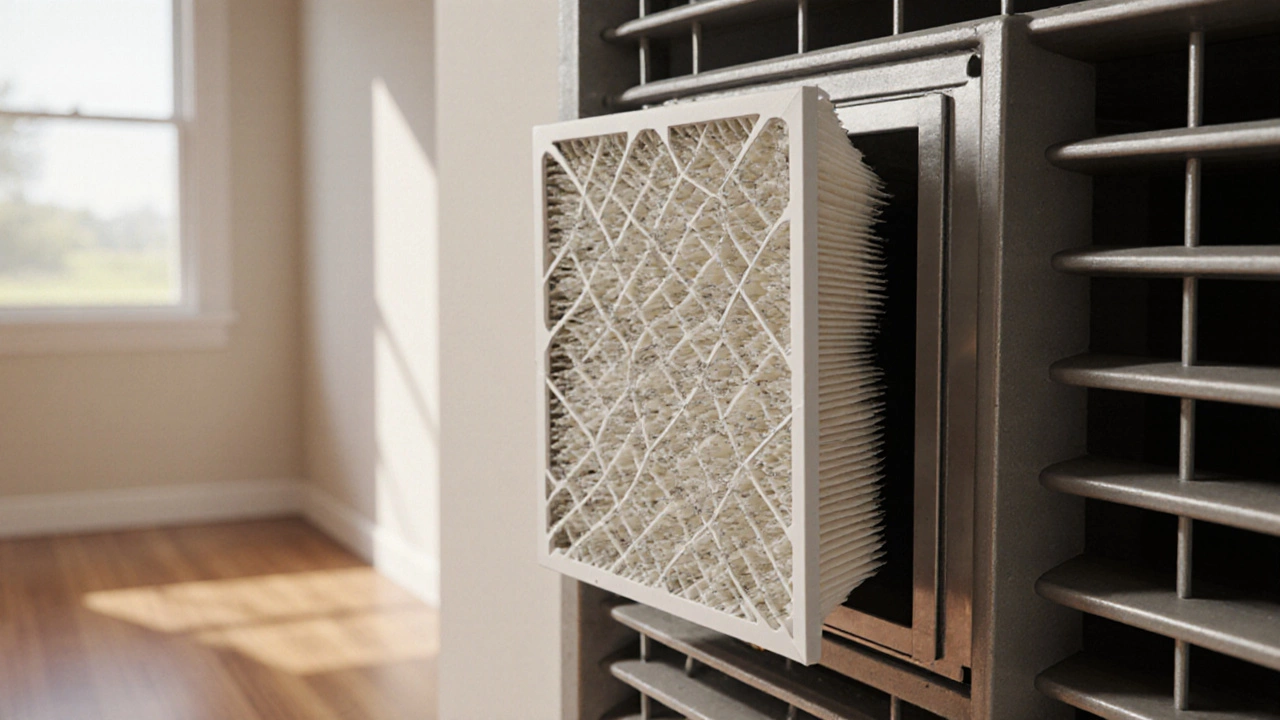
What Is the Most Commonly Used Filter in an HVAC System?
The most commonly used filter in an HVAC system is the furnace filter. Learn what type most homes use, how MERV ratings work, when to change it, and what happens if you don't.
CONTINUE READING
